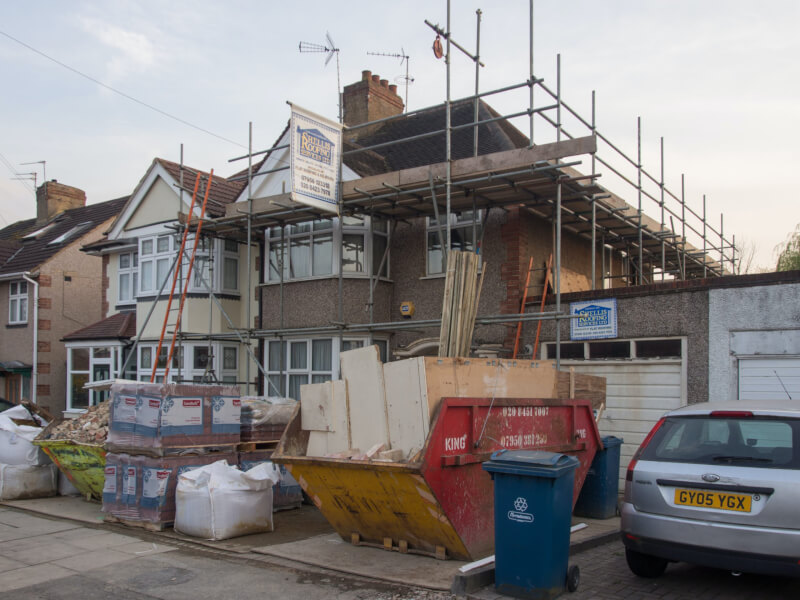
Making improvements to your home can be challenging, yet rewarding. Those endless tasks end up making your house into a comfortable, beautiful home. They also help you keep in shape. This article will provide some useful tidbits that will lead to success with your improvement projects. You will be happy to have learned these tips before beginning your home improvement project.
Put in an outdoor motion detector for your outside lighting. This way the lights will only be on when they are activated and not all day or all night unnecessarily. Most people don’t need their outside lights other than when they come home or leave after dark.
Replacing your carpets can be a breath of fresh air. Carpets can be a hotbed of allergens making your own home hard to live in. Consider replacing your carpets with hardwood, tile, or laminate floors for a healthier living environment. Hard surface floors will also provide an updated look to your home.
Devote some time into weather-stripping your home. Even though your house might be insulated, there are probably small crevices around windows and doors through which air will leak. That means your house will lose cool air during the summer and warm air during the winter, leading to a higher energy bill when you run heating and cooling appliances. Weather-stripping your doors and windows will keep that from happening.
Resist the temptation to use fancy bricks with decorative faces in your next home improvement project. Not only is such brickwork an unnecessary expense, it is rarely as strong and durable as ordinary brick. Decorative bricks are easier to deface, spoiling their aesthetic advantages. Finally, decorative brick styles are rarely produced for long, making it incredibly difficult to find matching replacements for repair work later.
If your home was built in the seventies or earlier, chances are good that it was built with only a very thin layer of insulation throughout the entire structure. Ideally, the layer should be approximately 27 centimeters or 10.5 inches thick. By increasing the thickness of insulation to the recommended four to six inches, you could easily save a couple of hundred dollars per year.
Never let extra space in your home go to waste. Reconsider your unused laundry room, hall closet, or walk-in pantry as a home office or mud room. These hidden areas generally already have built-in shelves, so you don’t have to invest in wall units or bookshelves. Keep the area from feeling too enclosed by turning a full-sized door into a pocket door.
You can easily change the look and feel of your furniture simply by purchasing distinctive new knobs, handles, and drawer pulls. These accents can be purchased individually or as part of a set for added savings, and the selection of colors, materials, and shapes is virtually infinite. This is also an excellent option to update antique or vintage furniture that is missing its original hardware.
The above tips may have you feeling overwhelmed right now. Be sure to take things slowly. As you progress, your home will transform. You will soon be able to create the home you always dreamed of. When everything is said and done, you can look at all you’ve done and feel good about yourself.